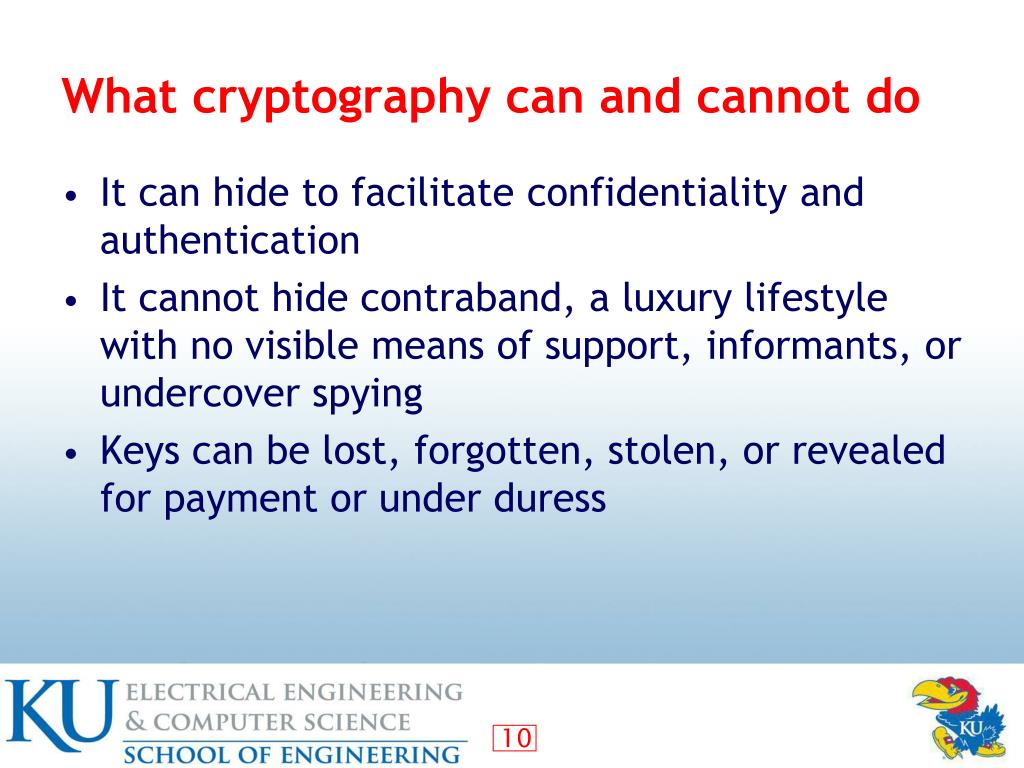Cryptography, the bedrock of modern security protocols, encompasses a broad spectrum of techniques that ensure the integrity, confidentiality, and authenticity of data. However, despite its pivotal role in safeguarding sensitive information, there exist gaps and oversights within the field that are often neglected in discussions of digital security. This article aims to illuminate these elusive chasms, providing a comprehensive exploration of the nuances and oversights present in contemporary cryptographic practices.
1. Human Factor Vulnerabilities
One of the most significant gaps in cryptographic security stems from human interactions. Even the most robust cryptographic algorithms can be undermined by user error or lack of understanding. Phishing attacks exploit this weakness, where users are tricked into divulging their cryptographic keys or login credentials. Moreover, employees may inadvertently weaken cryptographic systems by choosing weak passwords or failing to implement multi-factor authentication. Thus, an intrinsic awareness of human factors is vital to fortifying cryptographic defenses.
2. Algorithm Trustworthiness
The reliance on established cryptographic algorithms, such as AES and RSA, while prudent, carries an implicit risk of complacency. The cryptographic community predominantly endorses these algorithms, but an array of emerging threats raises doubts regarding their long-term viability. Adversaries may deploy advanced computational capabilities or quantum computing techniques that challenge conventional systems. Therefore, an ongoing discourse about the robustness of these algorithms is crucial to securing future communications.
3. Side-Channel Attacks
Side-channel attacks constitute a particularly insidious category of security breaches. These attacks exploit information gleaned from the physical implementation of cryptographic algorithms rather than the algorithms themselves. For example, variations in timing, power consumption, or electromagnetic emissions can serve as unintended conduits for adversaries to extract secret keys. As hardware becomes increasingly sophisticated, the prevalence of side-channel vulnerabilities necessitates a shift in focus towards developing countermeasures to detect and mitigate such threats effectively.
4. Key Management Dilemmas
Key management remains a significant concern that is often overlooked in the broader discussion of cryptographic security. Effective key management entails the generation, distribution, storage, and revocation of cryptographic keys. A failure at any of these stages can compromise an entire system. Furthermore, users frequently struggle with securely managing numerous keys, resulting in either sloppy practices or an abandonment of security protocols. Implementing robust key management systems is essential for ensuring continued cryptographic effectiveness.
5. Inadequate Cryptographic Standards
The cryptographic landscape is painted with a variety of standards, yet many of these remain inadequately specified or poorly adopted. Various industry sectors often create proprietary standards that may not adhere to the rigorous scrutiny proper cryptographic practices demand. This fragmentation leads to a lack of interoperability, compounding the complexity of securing communications across diverse platforms. Codifying and enforcing universally accepted cryptographic standards can help bridge these discrepancies, fostering a trustworthy exchange of information.
6. Outdated Protocols and Systems
As technology evolves, so too do the methods employed by cybercriminals. Regrettably, many organizations cling to outdated cryptographic protocols, failing to update their systems in response to emerging threats. The continued use of deprecated protocols, such as SSL 2.0 and 3.0, invites significant risk, as cyber adversaries actively seek to exploit these vulnerabilities. Regularly updating cryptographic protocols and educating personnel about the importance of adopting current techniques is critical for maintaining security vigilance.
7. Misunderstood Implementation
Even as cryptography continues to advance, misinterpretations regarding its implementation can lead to serious security lapses. Cryptographic primitives, when poorly integrated within software applications, can nullify the protection ostensibly provided by robust algorithms. For instance, improper padding schemes in symmetric encryption can make systems susceptible to padding oracle attacks. Ensuring accurate implementation and fostering collaboration between software engineers and cryptographers can help minimize these oversights.
8. Insufficient Legal Frameworks
The legal landscape concerning cryptography is often a patchwork of regulations that inadequately address contemporary challenges. Laws governing data privacy and encryption use vary widely across jurisdictions, creating confusion and uncertainty for organizations trying to comply with these regulations. Establishing clearer legal frameworks that recognize the importance of cryptography and offer guidance on compliance can bolster overall data protection efforts.
9. Lack of Transparency in Cryptographic Research
The cryptographic community can occasionally succumb to an insular culture, where published research and advancements are cloaked in technical jargon, rendering them inaccessible to practitioners. This lack of transparency not only stifles knowledge-sharing but also hampers advancements in practical applications. Encouraging a more open dialogue between researchers and industry professionals can cultivate a more resilient cryptographic landscape.
10. Future-Proofing Against Quantum Computing
The advent of quantum computing poses an unprecedented challenge to current cryptographic functions. Algorithms once considered secure may become obsolete under the computational prowess of quantum systems. Consequently, there exists an urgent imperative to invest in the research and development of quantum-resistant cryptographic algorithms. Proactive measures should be initiated to address this looming threat, ensuring grids of information remain shielded in the quantum era.
In conclusion, the multifaceted world of cryptography presents numerous gaps that merit attention. From human-factor vulnerabilities to outdated protocols, each facet demands scrutiny and improvement. By acknowledging and addressing these overlooked areas, the cryptographic community can bolster security for individuals and organizations alike, paving the way for a more secure digital future.







Leave a Comment